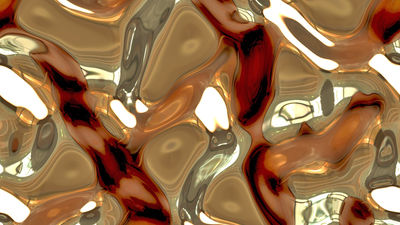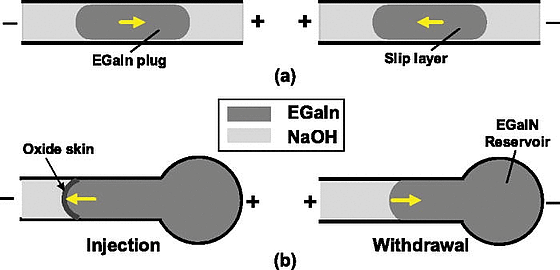What is "Liquid Metal Antenna" that can receive 4G · Wi-Fi · GPS and any other signals?

ByPatrick Hoesly
In order to be able to use wireless functions such as mobile communication (4 G LTE), Wi-Fi, GPS, etc., it is necessary to have an antenna capable of receiving signals of different wavelengths. Introduction of 5G mobile communication technologyMillimeter waveWith the development of the belt, IoT (the Internet of goods)MicrowaveSignals that will be needed in the future, such as bands, will increase more and more. Therefore, even if you do not have multiple antennas, you can change the shape according to the type of signal "Liquid metal antenna"Was announced.
A reconfigurable liquid metal driven driven by electrochemically controlled capillary
http://scitation.aip.org/content/aip/journal/jap/117/19/10.1063/1.4919605

A Tunable Liquid Metal Antennas for Tuning in to Anything - IEEE Spectrum
http://spectrum.ieee.org/tech-talk/consumer-electronics/portable-devices/a-tunable-liquid-metal-antenna-increases-the-frequency-range-of-communication-devices-
Current antenna has signal switchableFilter bank, Or a multiband antenna capable of switching signals is used or used in combination. North Carolina State UniversityJacob Adams"The solution of this wireless function is having space problems, by developing a single antenna that can receive multiple signals, the space occupied in the terminal will be reduced and other devices can be incorporated instead It is explained.
Dr. Adams developed an antenna using liquid metal (liquid metal), and published a paper at Journal of Applied Physics. The liquid metal in the container called "capillary" becomes an antenna that changes into a shape suitable for the signal. Liquid metal antenna has been developed until now, but it was not suitable for mounting in electronic equipment because it relied on pneumatic pump to change the shape of liquid metal in the capillary.
The liquid metal antenna developed by Dr. Adams is reflected in the following picture that controls the shape of liquid metal by applying voltage instead of pump. The shape of the container and the movement of the metal are similar to the thermometer using mercury, but it does not change with heat.galliumWhenindiumThe addition of plus and minus voltages to the liquid metal bonded with an electrolytic solution such as an alloy of Alloy enables operation such as diffusion and reduction of liquid metal.

Since the oxide film is formed on the surface of the metal to which plus voltage is added, the surface tension decreases and it becomes a fluid shape. When a minus voltage is applied, the oxide film is removed, so metal is difficult to flow out and it shrinks.

According to Dr. AdamsCentimeter wave(3 GHz to 30 GHz) reception will be separately installed on the circuit, but that reception of millimeter waves (30 to 300 GHz) can be integrated into a microfluidic chip. In the future it is a technology that can be diverted to systems that require frequencies of several tens of GHz, such as defense communication systems and radar systems, with a huge liquid metal antenna.
Dr. Adams said, "By realizing a liquid metal antenna that covers the whole frequency band in a single unit, we will be able to use it to reduce a large amount of antenna space that is installed in airplanes and tankers in the future" I am talking.
Related Posts:







